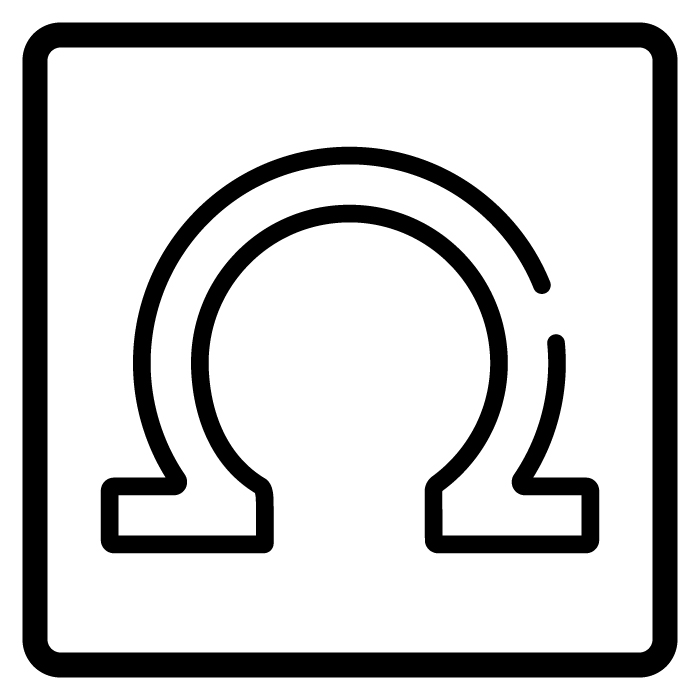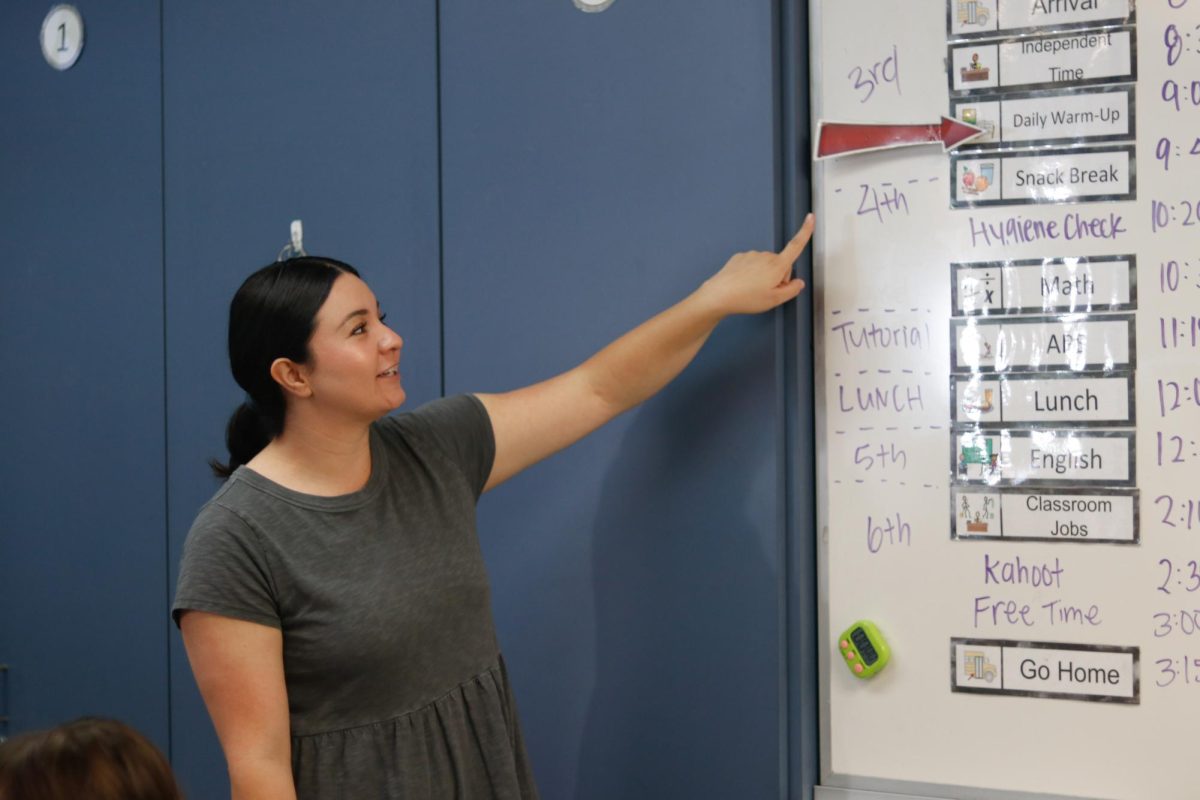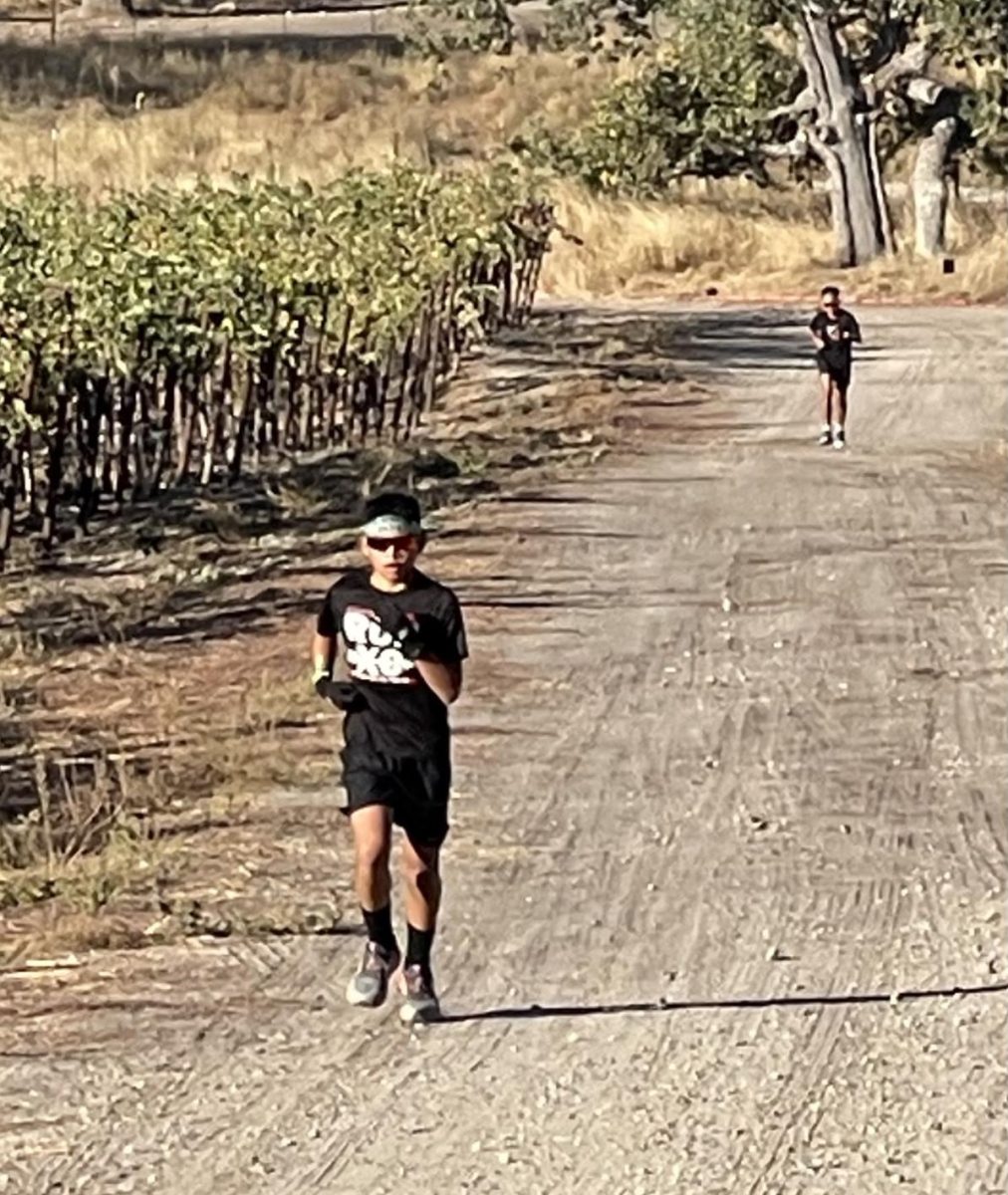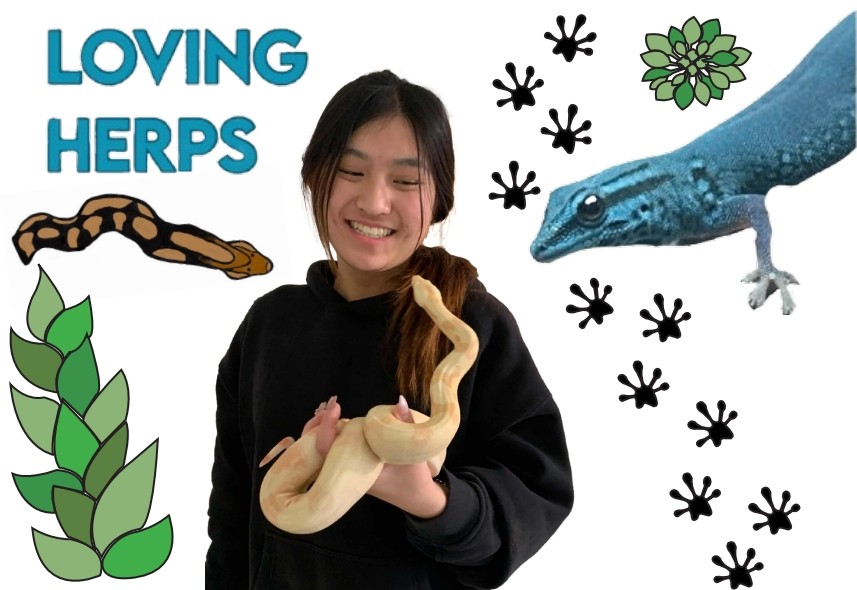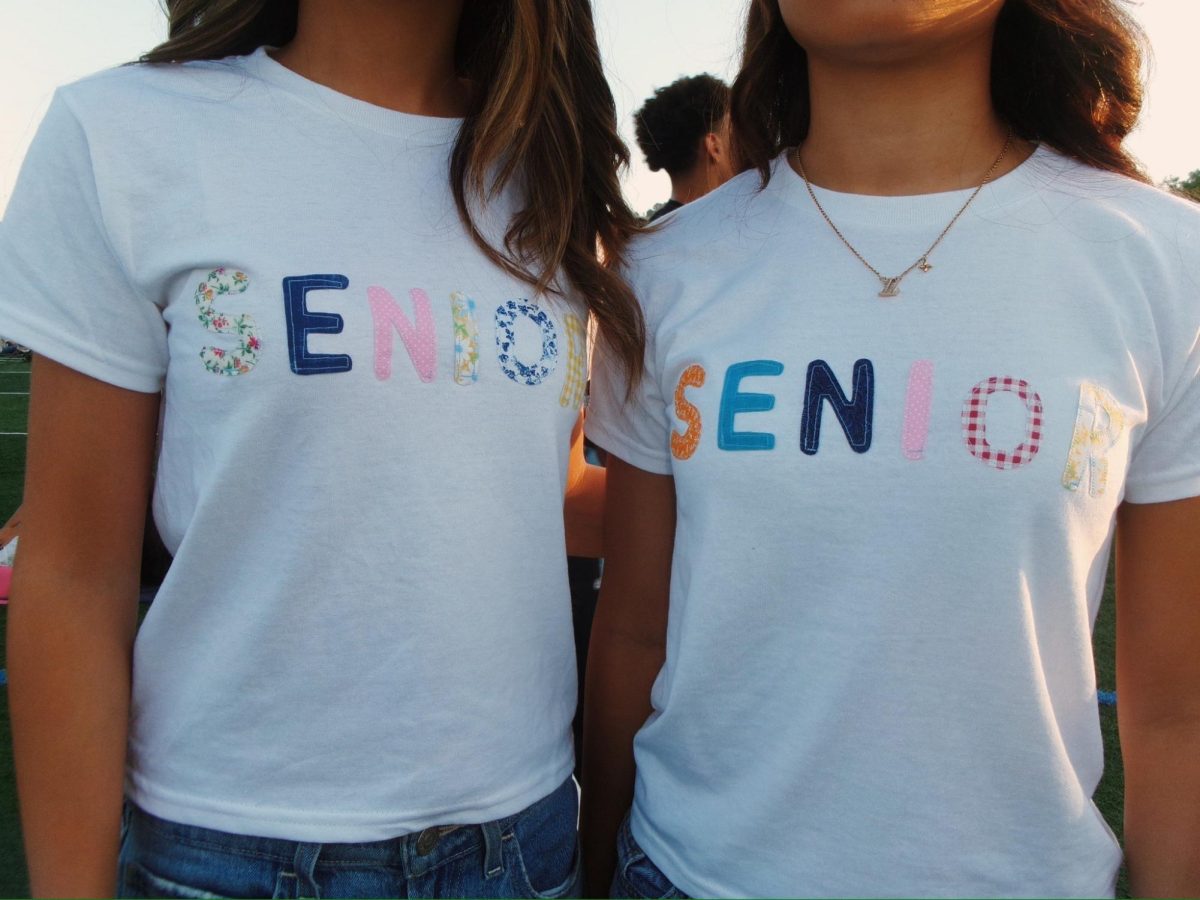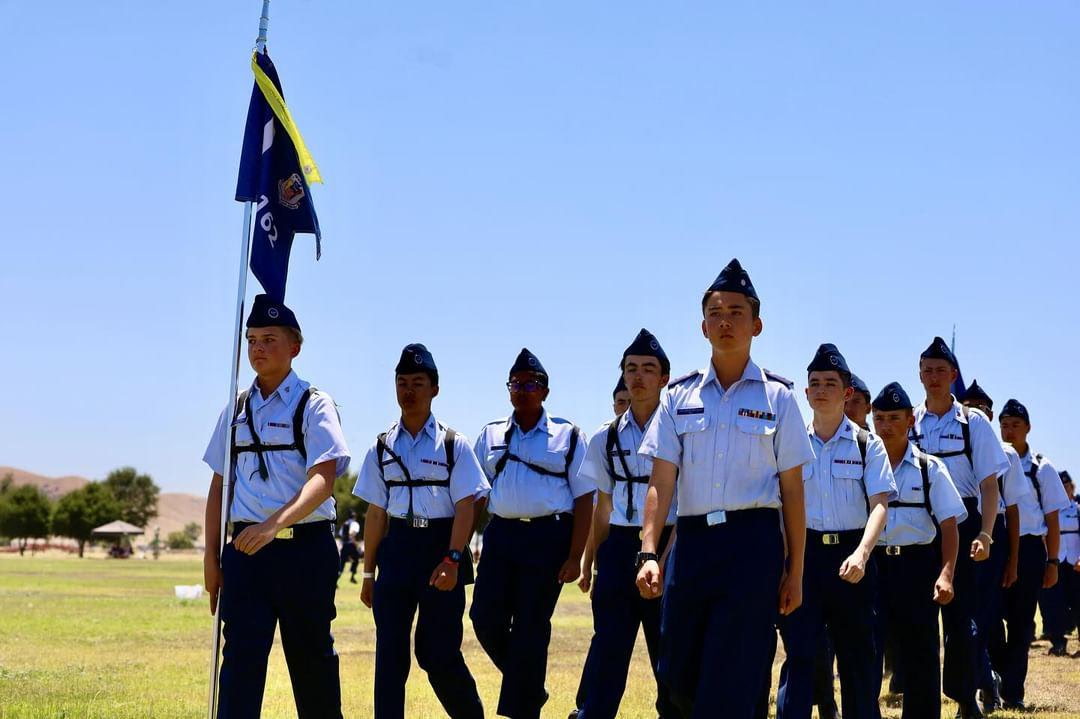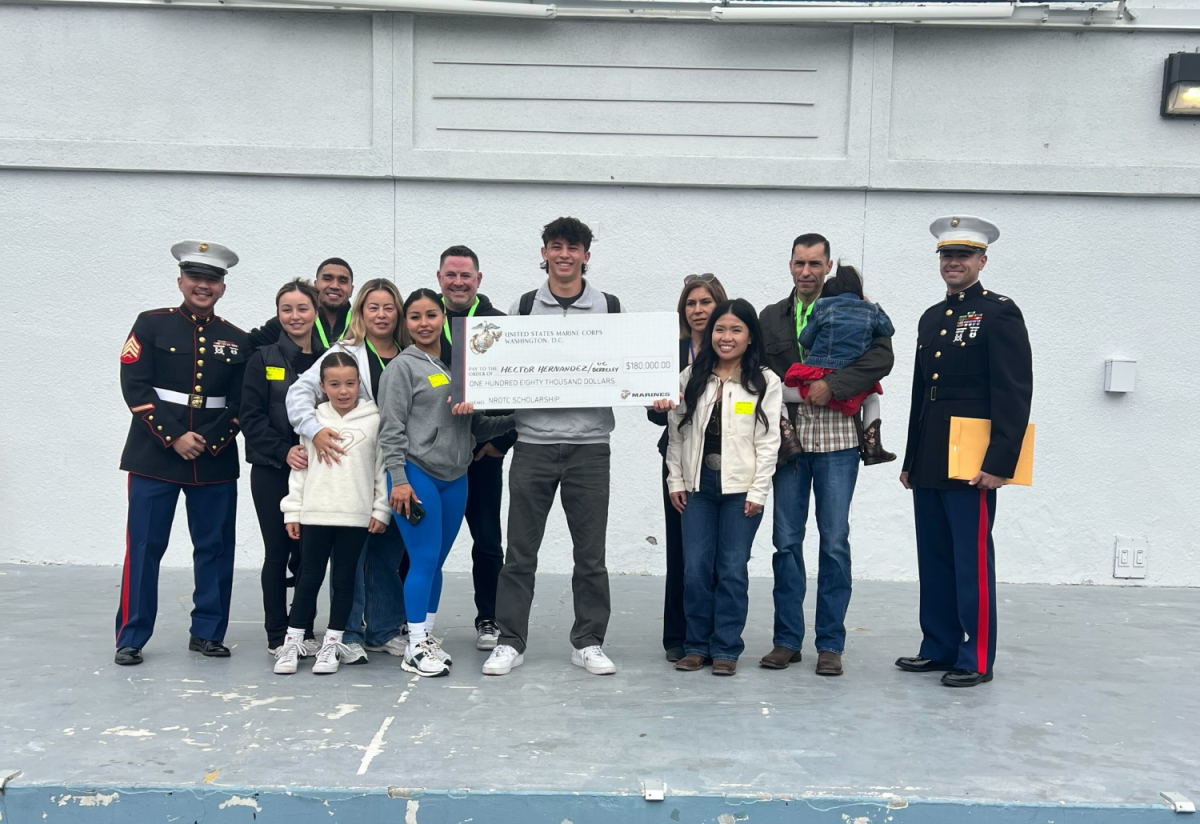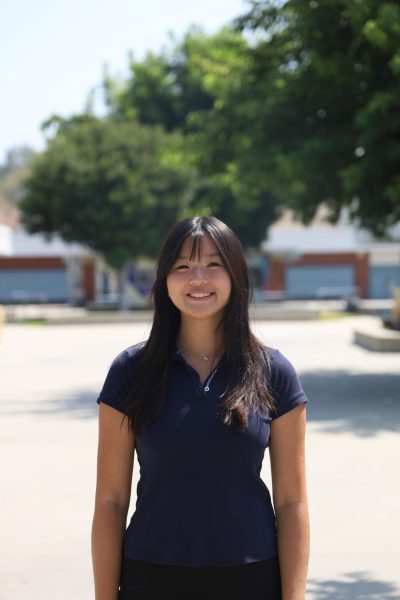Peeking into the Special Education classrooms F-2 and D-3 on campus, one is able to spot colorful All-About-Me projects hung on the walls, fidgets and pillows arranged across the room and personalized name tags on each desk. However, what makes this classroom the most vibrant is, without a doubt, the cheerful laughter erupting from the students as they engage in activities with their teachers Cassandra Montoya and Evelyn Torres.
Montoya and Torres teach the self-contained Special Education classes here on campus. Self-contained classes cater to students who need individualized support to work on their academics, behaviors, social skills and other important life skills. They take in students who have a range of moderate to severe disabilities, including autism, cerebral palsy and other intellectual disabilities. Mainly, their role is to help these students access the general education curriculum, but to alter the curriculum to best fit the students’ needs.
Because their classes are a smaller class size, Special Education students receive more one-on-one instruction and support with their teachers. When there’s more students, it can be harder to work with them independently, so a smaller classroom allows for Montoya and Torres to better gauge how their students are doing on an individual level. They then adjust their lesson plans to fit each student’s comfort and learning pace, often collaborating with the students’ guardians to track academic progress.
“Every year, I work with [the students’] families and we look at how they’re doing so we can make goals. So for a full year, we work on each student’s individual goal,” Montoya said. “A lot of the time, because they’re in high school, we try to work on a lot of work skills because they’re going to graduate and hopefully go out into the community.”
In addition to traditional subjects like math and English, Special Education students also have class time dedicated to working on specific social skills and classroom jobs. Whether that be wiping down windows and tables or learning how to work with money, the students are almost always engaging with interactive activities that will help them later on in the future. They recently worked on a craft project where they decorated backpack cutouts with pieces of paper listing out their goals for the school year. Montoya and Torres always try to ensure that their students are receiving the help they need and focusing on building strong relationships with them as teachers.
“I build relationships by learning about my students,” Torres said. “We play getting-to-know-you games, and I ask questions that students journal about, like what their preferences or hobbies are or what they did over the weekend.”
Montoya also makes an effort to implement her students’ interests into their everyday learning, so that they feel more welcome and comfortable at school. When giving lectures or presenting videos for the students to watch, she will ask students how they feel about what they just learned and how they can relate it to their own lives. Recently during Tutorial, the class watched the Paralympics together to learn about athletes with disabilities. She then asked them what sport they would most like to watch at the Paralympics and what kind of questions they would want to ask the athletes.
“I really try to get to know them and I try to include everything that they like in the classroom. Some of them like to dance, or they like to color or play with puzzles, so I try to sit with them and do the activity with them. Because we’re seeing each other almost everyday for four years, you just really get to learn a lot about them and build those relationships with each other,” Montoya said.
When it comes to classroom challenges or rough patches for students, the teachers try to understand their students’ behavior and help support them in the best way they can. Their students sometimes have trouble expressing their needs or emotions, so Montoya and other staff involved in Special Education use an Augmentative and Alternative Communication (AAC) device, such as an iPad or a phone, to help them. This way, students can find alternative ways to show how they feel by communicating through technology.
“We communicate a lot with each other,” Montoya said. “I also try not to stress out and just be really calm. Some days are better than others because it just depends on the behavior, but usually when people on campus see something happening, they’re all very helpful.”
Outside of the classroom, building long-lasting relationships with their peers can also be challenging for students with disabilities. Because they spend most of their time at school in one location, they don’t get as much quality time with people outside of their classes.
“Sometimes it’s hard because not everybody is comfortable with it. When the kids walk around campus, they try to say ‘hi’ to their other friends and try to interact with them, but everybody’s just so busy trying to get to class so they don’t really notice or acknowledge them,” Montoya said. “That’s probably the really challenging part because they’re really friendly and really nice. When they hang out with you, they are so fun. But I think people just don’t realize it.”
Despite these social barriers, Montoya, Torres and other staff members and students on campus put in serious effort to make sure that Special Education students get the opportunity to make new friends. For example, the Best Buddies club on campus is dedicated to creating inclusive events for students with disabilities, providing them the chance to meet kids from outside of their own class. Montoya also encourages her students to branch out by getting her students more involved in campus activities like pep rallies and school dances.
“I think if students were more aware of the activities we have like Best Buddies meetings, friendships will be made. This helps create inclusion among campus by becoming familiar with the students, learning their names and learning the things they like. Students can then say hi during passing period and participate in clubs and sports activities together,” Montoya said. “A handful of my students went to Homecoming this year, so hopefully that was fun for them.”
So far, Montoya and Torres have made countless memories with their students as part of their roles. Some of their favorite memories include the prom event that the Best Buddies club set up for their students and pumpkin carving in October of last year.
“For some students, [carving a pumpkin] was a first. The students worked on a science unit about pumpkins so they got to use a mallet and cookie cutter shapes to carve their pumpkins. The pure joy of some of the students and instructional aides really made this my favorite memory of my classroom,” Torres said.
Even off campus, the positive impact that the Special Education teachers have had on their students is palpable.
“The kids are so funny,” Montoya said. “I guess you don’t really realize how much you mean to them. One of my students’ moms was telling me that [her daughter] looks up my pictures on the weekend, and I thought that was so funny. I wouldn’t think she would go home and want to see what I’m doing or who I am. That’s what makes the moments so memorable.”
Whether that be because of the tight-knit bonds she’s formed with her students or watching her students grow as individuals, Montoya finds her job in Special Education incredibly fulfilling. She hopes that others can take the time to get to know her students more as well.
“Seeing them learn their new skills and watching them grow for four years is so rewarding,” Montoya said. “Maybe on the outside looking in, it may look a little scary to [work in special education], but it’s really not. So hopefully, students or teachers can read this and be like, ‘Hey, maybe I do want to go hang out with these students a bit more.’”
Torres also hopes that students from both general education and Special Education can interact with each other more frequently and create tighter bonds with another. She believes that this would be a wonderful opportunity for both groups of students to become a community.
“I would love to see more inclusion and collaboration between our general education students and special education students,” Torres said. “I think there is great value in inclusion and working together. General education and special education students can learn valuable lessons from one another.”
